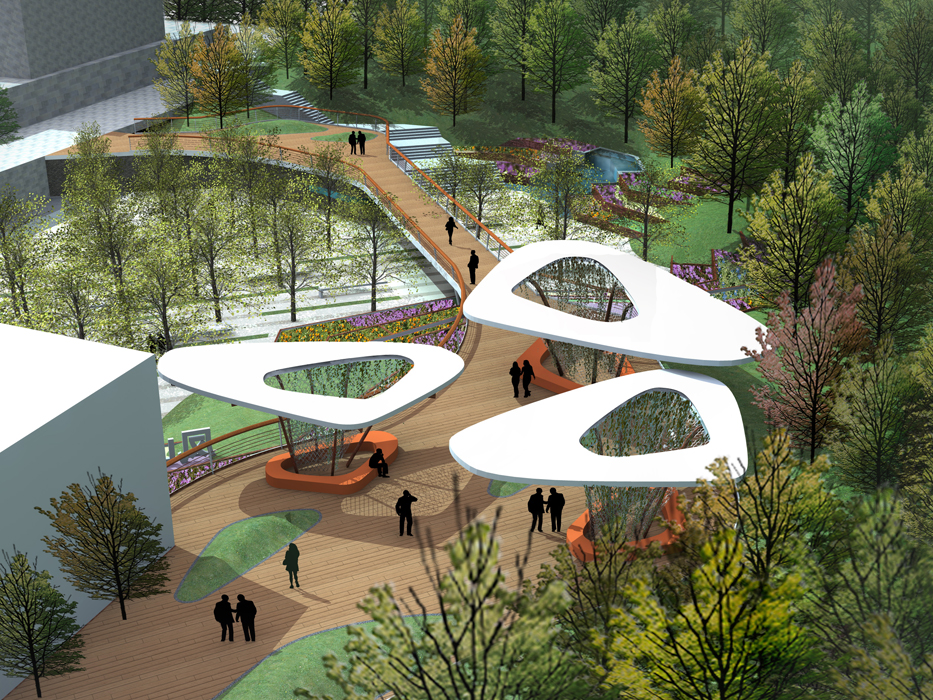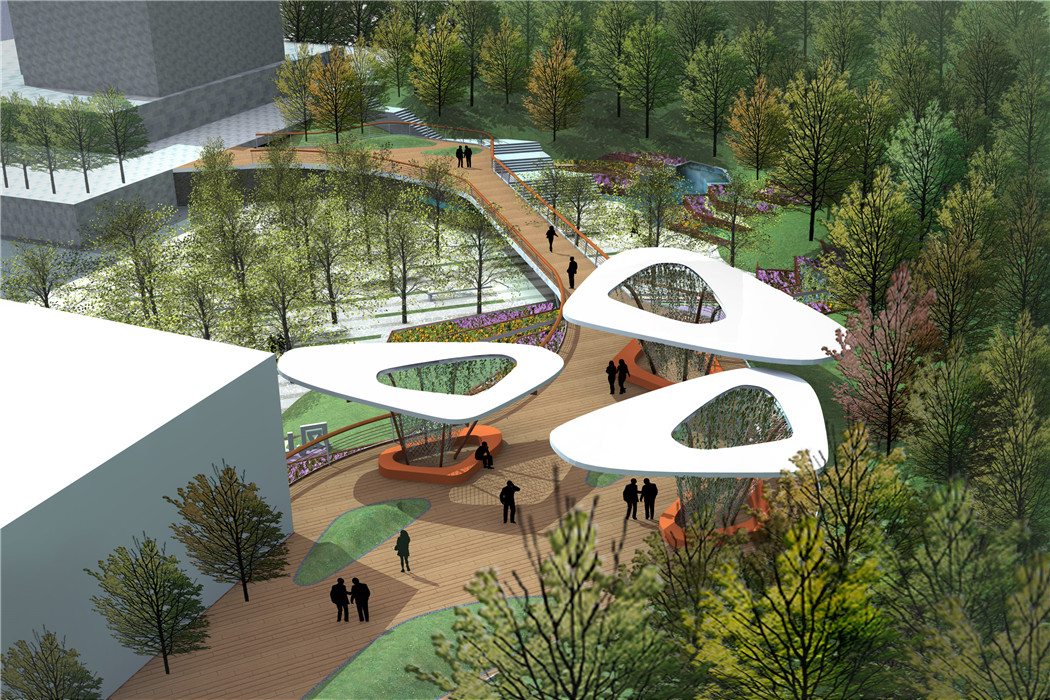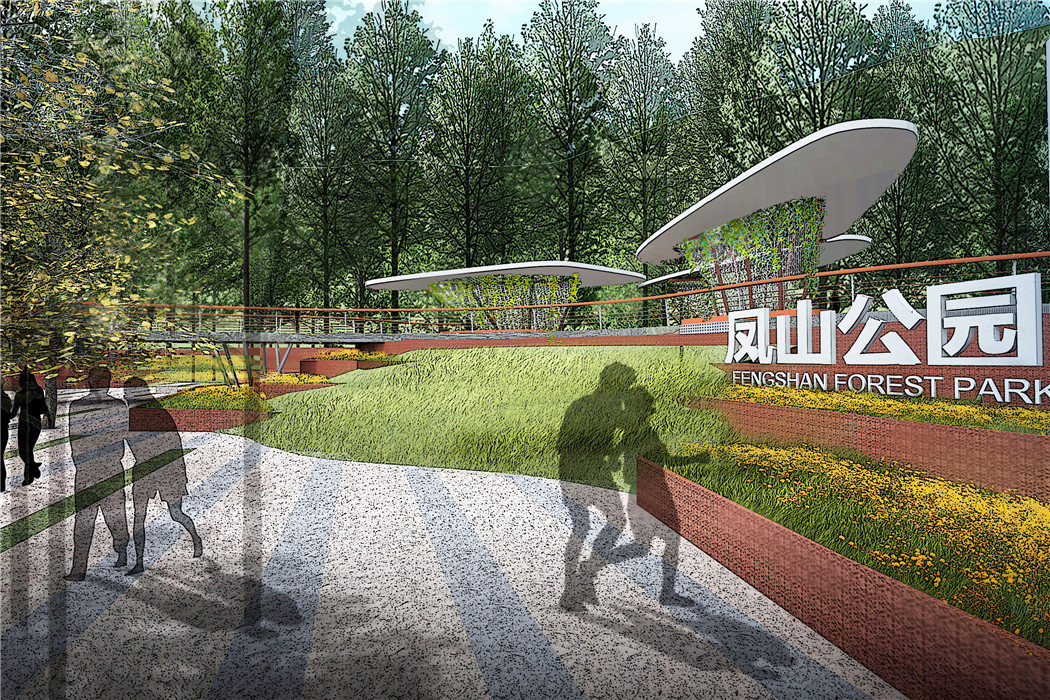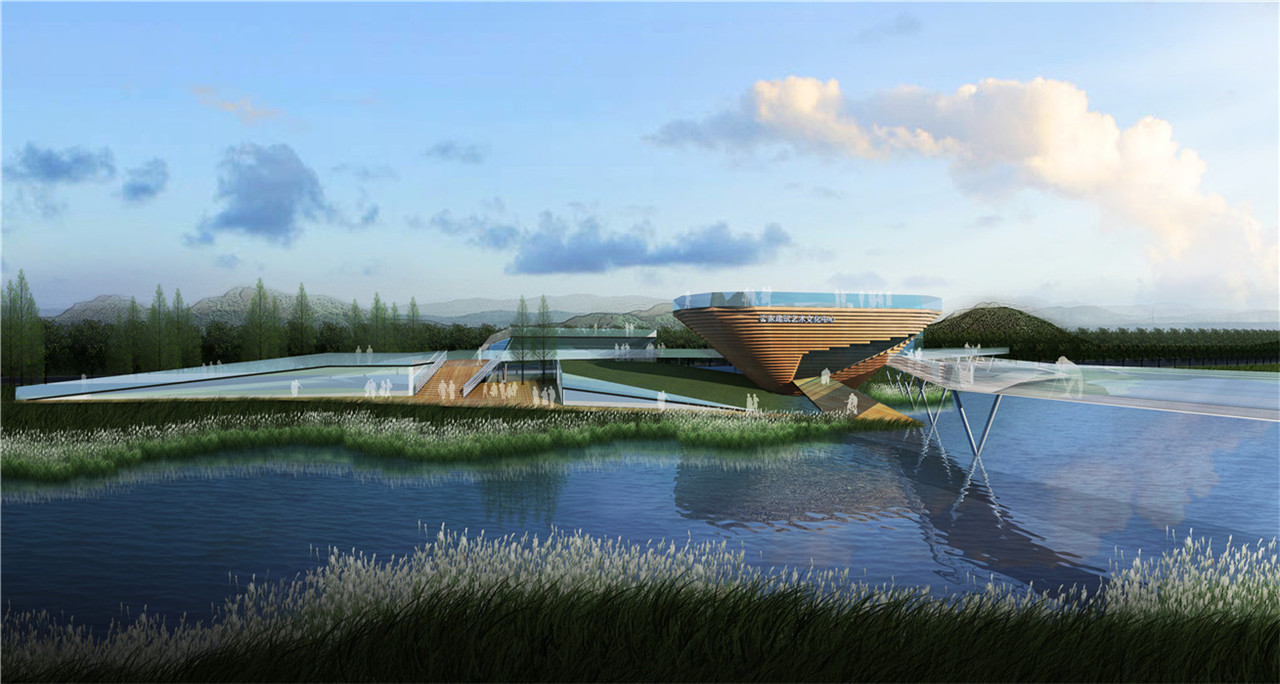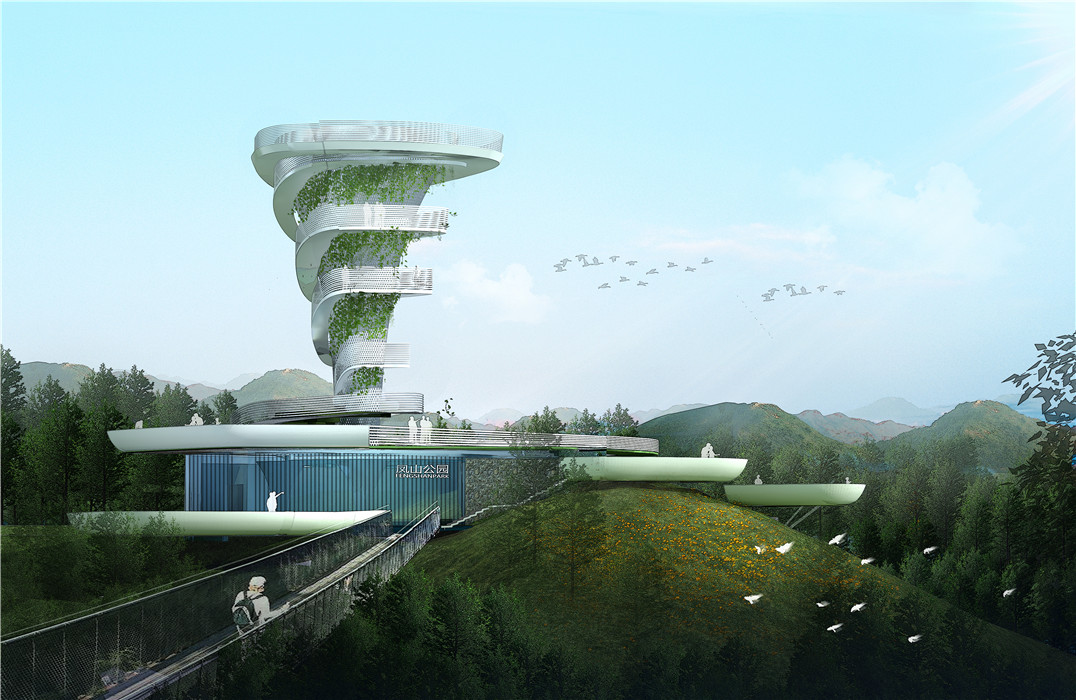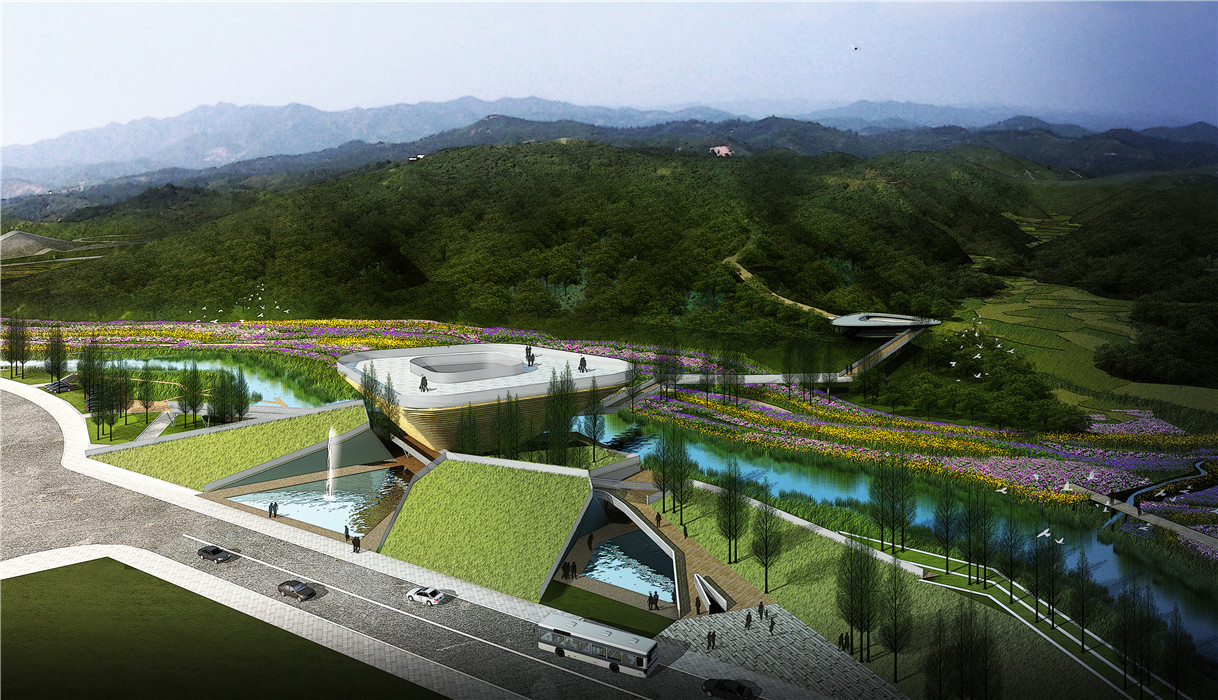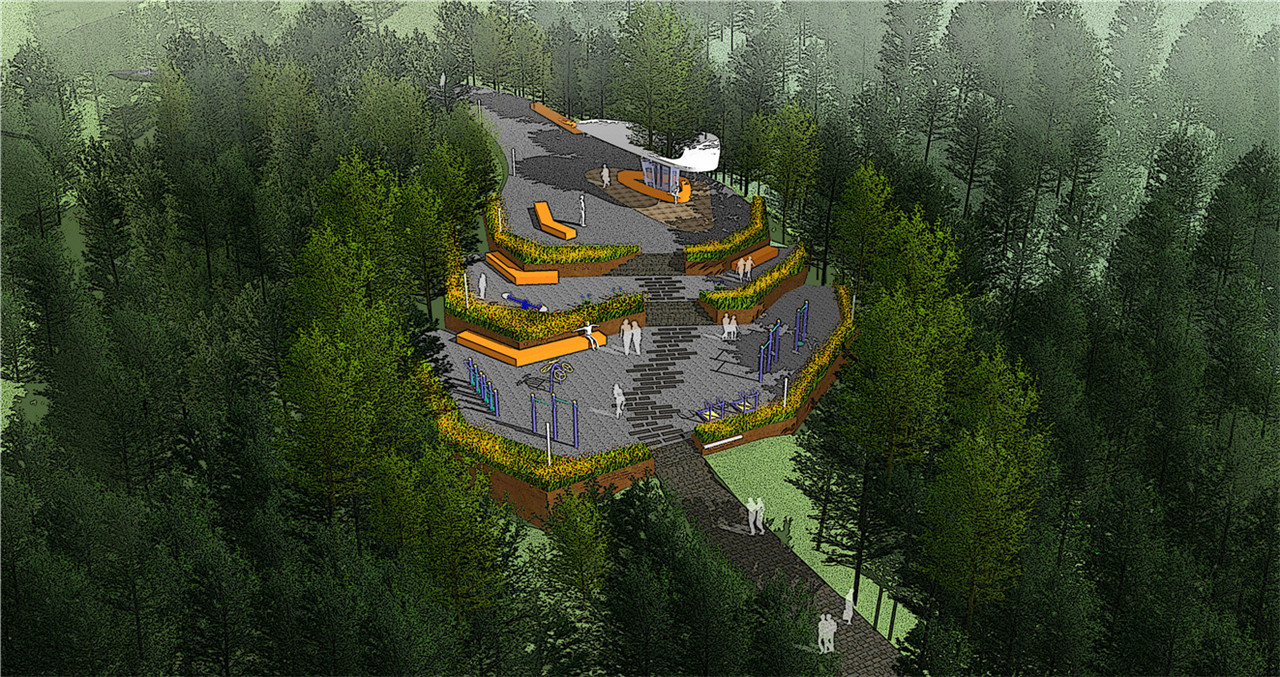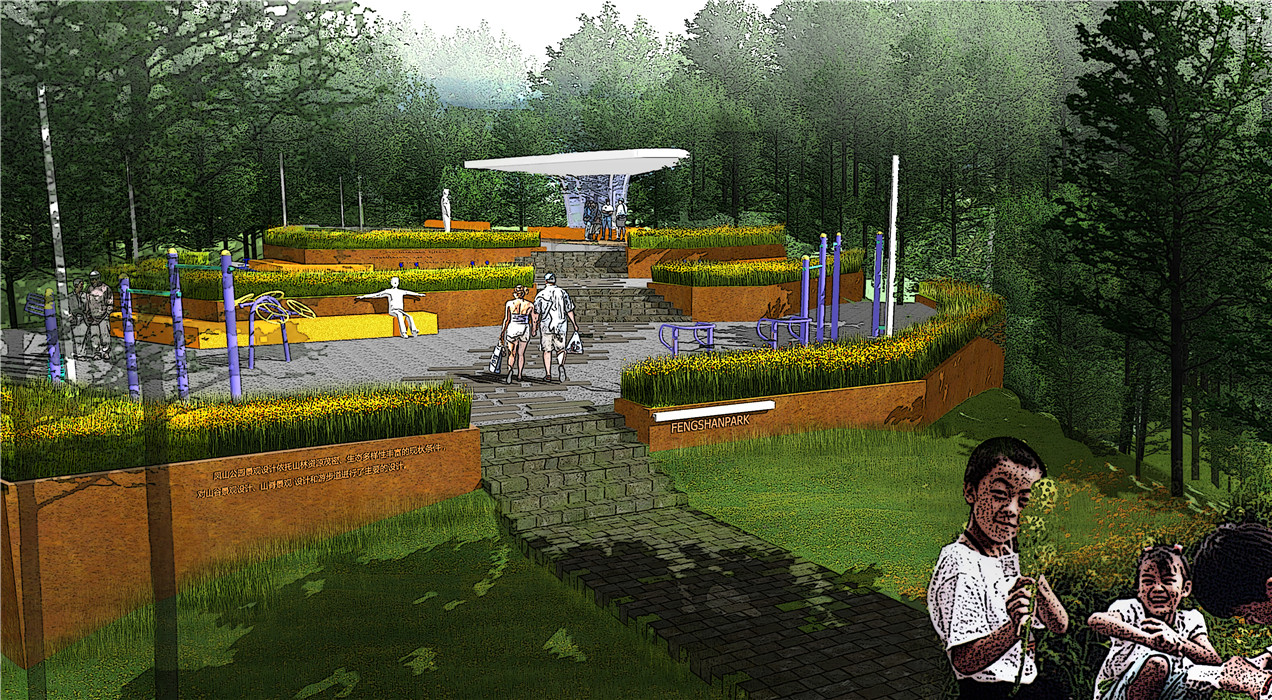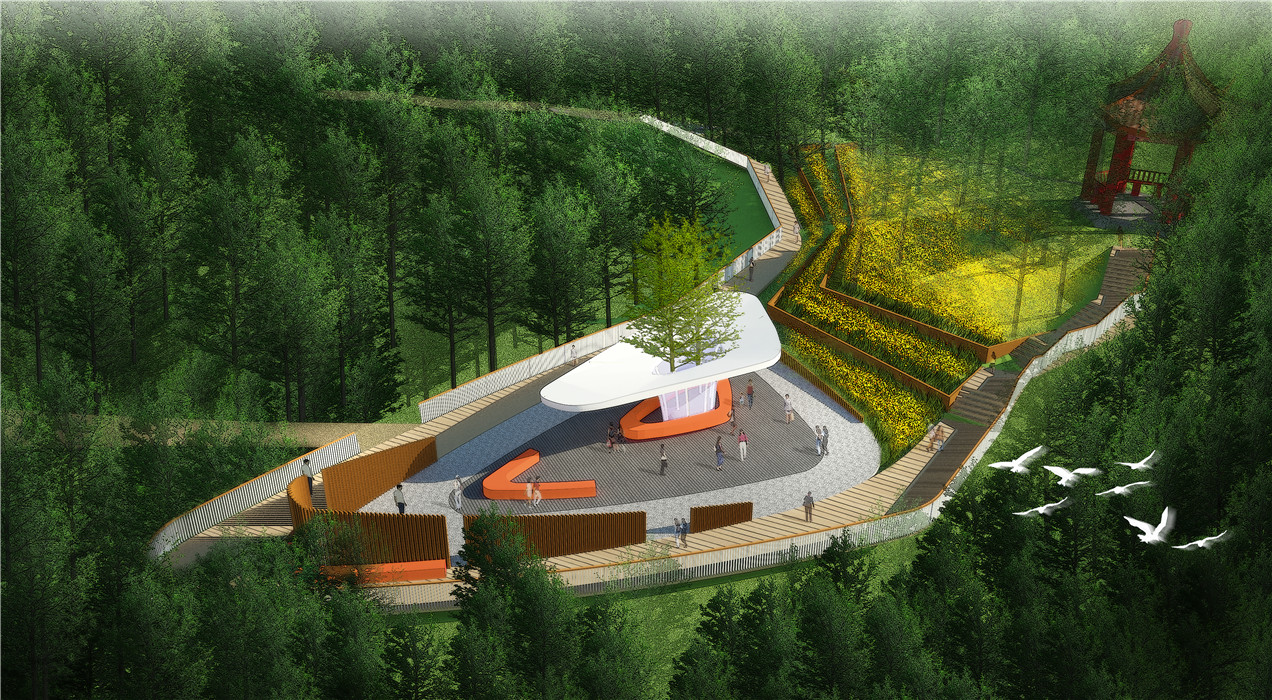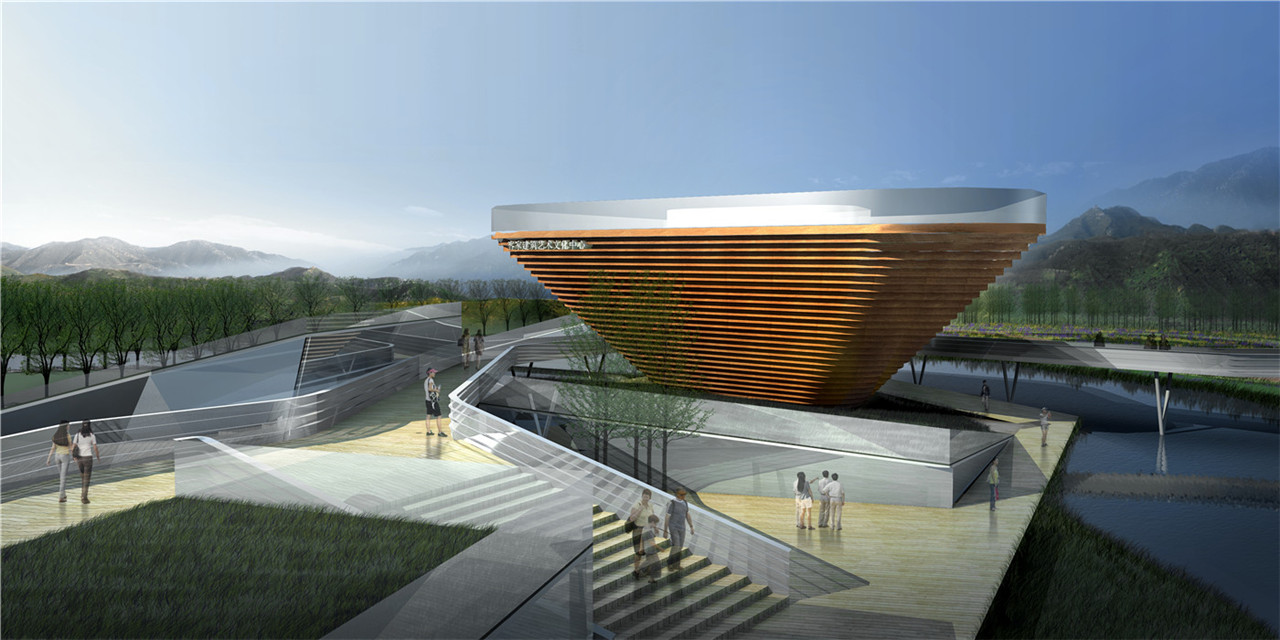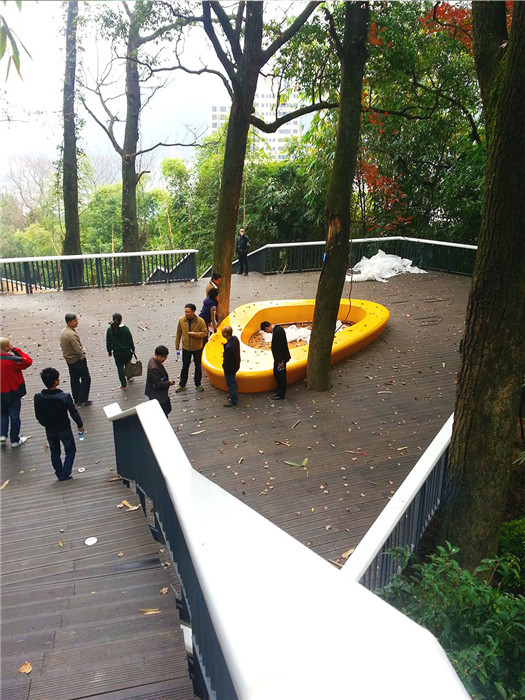Fujian Yongding Fengshan Park
Project Information
- Project Location:
- China Yongding, Fujian
- Project Scale:
- 270 Hectares
- Design Time:
- February 2013
- Build Time:
- July 2015
- Client:
- Yongding County Urban and Rural Planning and Construction Bureau
Project Profile
1. Project Statement
Fengshan Park is located in the old city area of Yongding County, Fujian Province. It is a natural mountain park, covering 270 hectares, making it the largest and most important central park in the city. The design respects the park’s natural mountain features, using low-impact methods to highlight the unique ridges and valleys. It includes walking paths and rest areas and incorporates elements of Fujian's Tulou architecture to balance traditional and modern elements, aiming for harmony between people and nature.
2. Objective and Challenge
Yongding County is a hilly city with a landscape of mountains, rivers, and fields. Fengshan Park is surrounded by urban development on its east side, with big elevation changes and natural forests on the ridges. There are flat farmlands, shrubs, wild grasses, and irrigation channels in the valleys. A river runs through the east side, and the site has cultural heritage features like temples and pavilions. Some areas have trails and rest spots for exercise and relaxation, but poor planning makes them underused. Fengshan Park faces future challenges from a new city development in the west and plans to become a tourism hub. The main design questions are how to highlight the park’s terrain, meet residents’ needs, connect old and new city areas, and serve as a tourism center for Yongding County.
Designers aim to create a mountain park for leisure, sports, entertainment, and tourism. The design explores new landscape ideas, making the park not just a green space but also ecological infrastructure that benefits the city. It aims to address issues like climate change, food and energy security, and water shortages, while creating a productive and low-maintenance landscape. Concepts include “urban agriculture” and “minimal intervention,” using natural features and plants to transform the landscape.
3. Design Strategy
The landscape strategy focuses on four main aspects:
- Preserve Natural Features: Keep the park's natural landscape and habitats intact, including the native forests, farmlands, and cultural sites like temples and irrigation systems. These features create a rich and meaningful landscape.
- Urban Farming: Enhance the park’s beautiful but underdeveloped valleys with diverse crops and activities. Introduce leisure farming, combining agriculture with tourism and recreation. Turn the valleys into areas for rice farming, taro, tea, herbs, and kiwi, where locals and tourists can experience farming, adopt land, and enjoy the harvest.
- Experience Framework: Use bridges, paths, and pavilions to create a network of trails for diverse landscape experiences. The structures are inspired by traditional Hakka Tulou architecture, blending modern and traditional styles. Some paths are elevated for unique views, turning the ridges and valleys into interactive experiences.
- Interpretive System: Create a system along the trails that tells the story of the site’s nature and culture, enhancing the visitor experience.
4. Conclusion
Since its completion, the first phase of the park’s trails has become a favorite spot for local residents and a new attraction for Yongding County. Fengshan Park has become a lively urban oasis, providing a great place for diverse activities and showcasing the area's unique culture and history.
